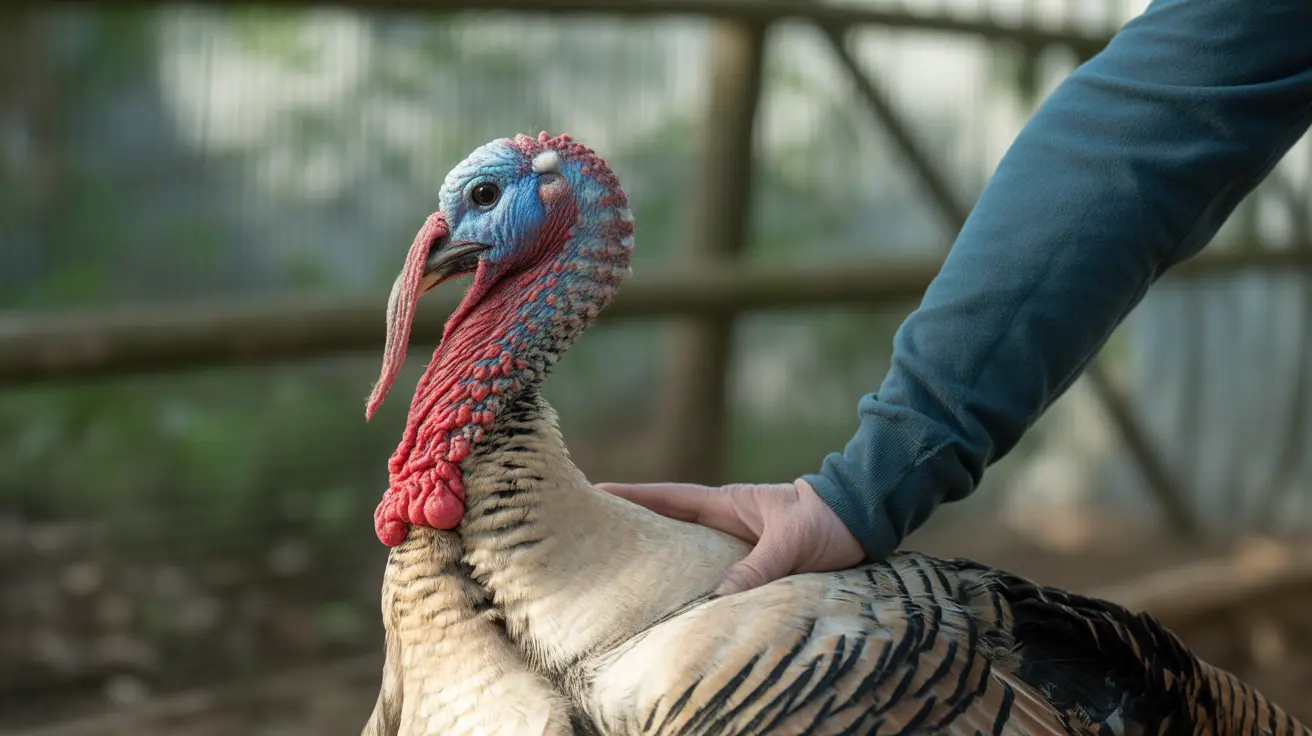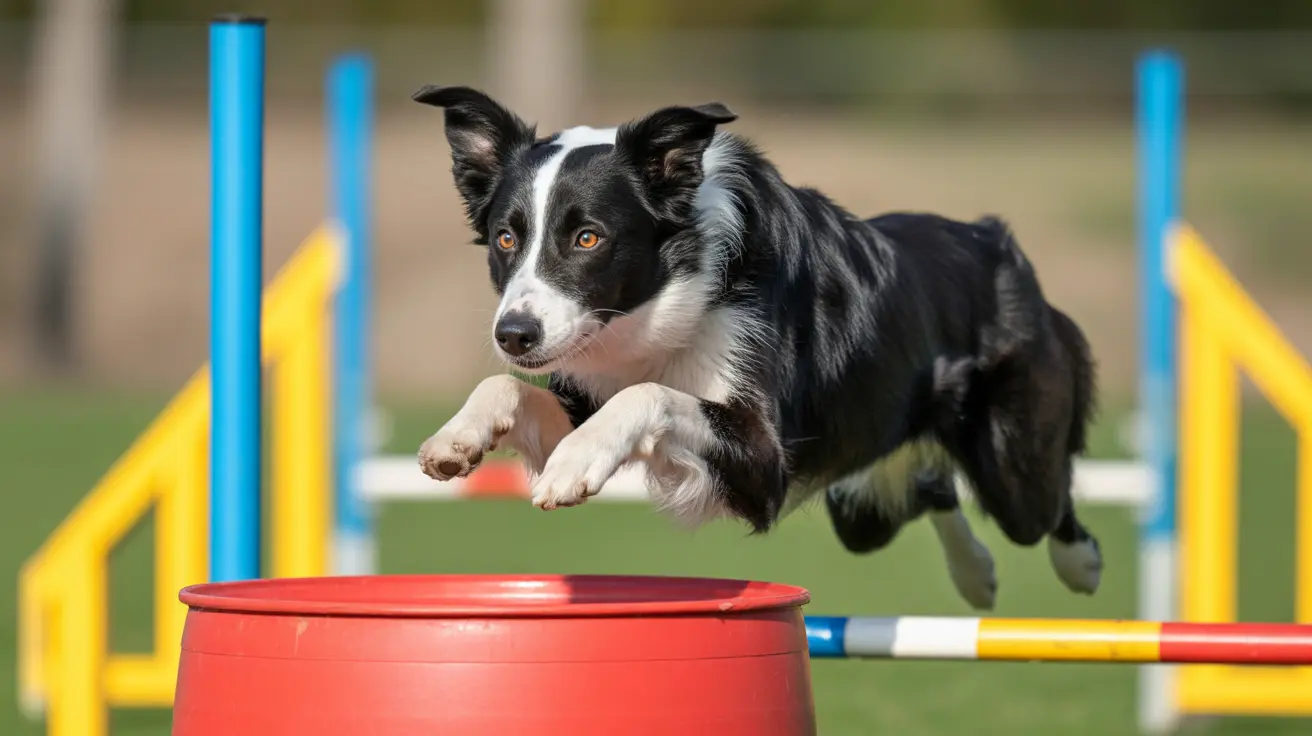Understanding How Dogs Apologize Through Body Language
Unlike humans, dogs do not say "I'm sorry" with words. Instead, they rely on a complex range of body language and behavioral cues to convey remorse, ask for forgiveness, or restore harmony within their social group. Understanding these canine apology signals is essential for building trust and responding appropriately to your dog's emotional needs.
Why Dogs Don't Apologize Like Humans
Humans typically express apologies through verbal acknowledgment and emotional expressions. Dogs, however, operate using their instinctual social behaviors. Their methods for apologizing stem from their evolutionary roots as pack animals, where maintaining social order is key to survival.
Common Signs Dogs Use to Apologize
When dogs attempt to apologize, they often exhibit one or more of the following behaviors:
- Lowered head or body posture – a sign of submission and respect.
- Tail tucking – an instinctive reaction indicating vulnerability or appeasement.
- Avoiding eye contact – a non-verbal cue acknowledging your authority and that they mean no threat.
- Licking your hand or face – a grooming behavior often associated with reconnection and bonding.
- Slinked or crouched walking – showing submission after being corrected or sensing displeasure from their owner.
How Dogs Learn Apologetic Behavior
Dogs are incredibly perceptive and responsive to human emotional cues. They learn over time how their humans react to certain behaviors. For example, if a dog is scolded for jumping on guests, they may later approach gently with submissive signals to "apologize" and reconcile.
The Role of Owners in Reinforcing Positive Behavior
Understanding and recognizing a dog's submissive gestures is crucial. Punishing a dog who is already demonstrating remorse may confuse them and create fear. Instead, reinforce positive behavior with calm energy and gentle redirection. Reward rebuilt trust with affection or treats when they demonstrate respectful behavior.
Differences Between Apology and Fear
It's important to distinguish between a dog apologizing and a dog reacting out of fear. Signs of fear can include:
- Shaking or trembling
- Panting or drooling excessively
- Tucking tail between legs tightly
- Attempting to flee or hide
If your dog exhibits these signs during correction, you may need to re-evaluate your discipline methods and use more positive reinforcement training.
Do Dogs Understand They Did Something Wrong?
Dogs live in the moment, which means their understanding of wrongdoing is based on your immediate reaction. If you correct a behavior hours after it occurred, the dog doesn't connect the punishment to their previous action. However, when caught in the act, their submissive behavior is an attempt to diffuse conflict, not necessarily acknowledge wrongdoing the way humans do.
How to Respond When Your Dog “Apologizes”
When your dog uses submissive gestures to reconcile, your reaction can help deepen your bond. Here are a few suggestions on how to handle it:
- Remain calm and neutral — don't escalate the situation with harsh words or actions.
- Offer reassurance — a soft voice or gentle touch can affirm trust.
- Redirect behavior — guide your dog toward desirable actions rather than punishing mistakes excessively.
- Watch your tone — dogs respond more to tone than exact words, so avoid sounding threatening.
Can Dogs Apologize to Other Dogs?
Yes, dogs have social hierarchies and often use appeasement behaviors to resolve conflicts with other dogs. These behaviors include:
- Yawning or lip licking
- Sitting or laying down submissively
- Licking another dog's muzzle
These actions signal that the dog does not want to challenge the other and is seeking peaceful resolution.
Takeaway
Understanding your dog's body language is key to building trust, fostering a healthier relationship, and promoting better behavior. Recognizing when your dog is trying to make amends allows you to respond with empathy, which creates a positive feedback loop for both pet and owner. Dogs may not say "I'm sorry," but their actions speak just as loudly.





